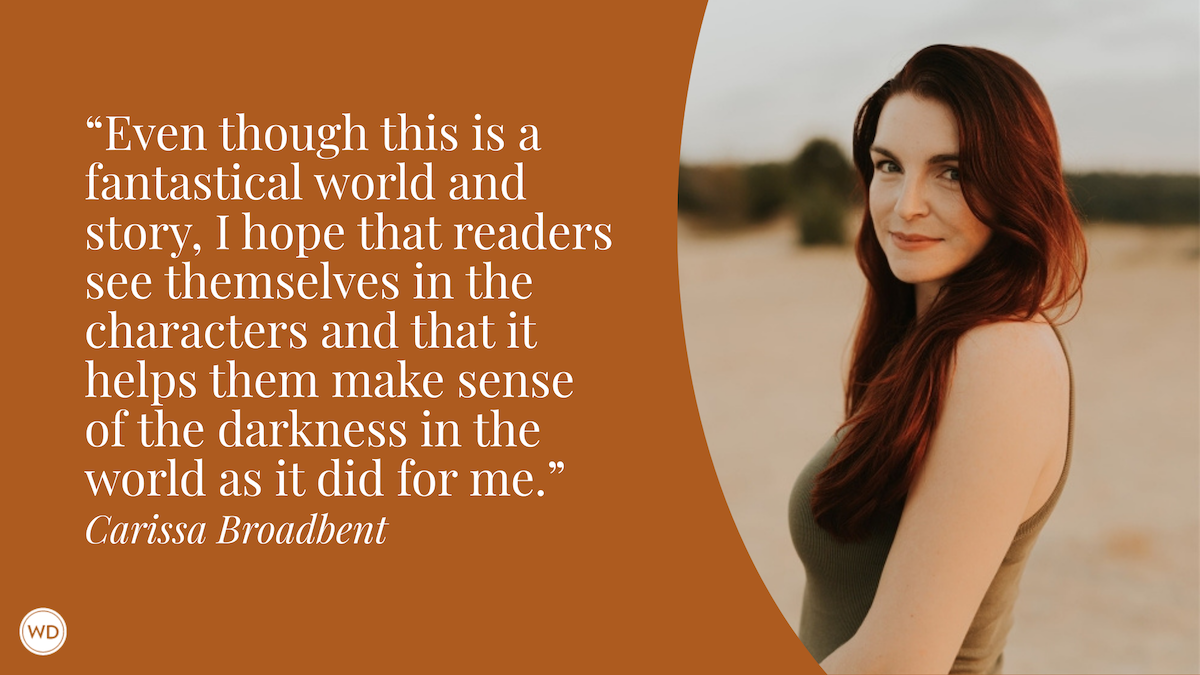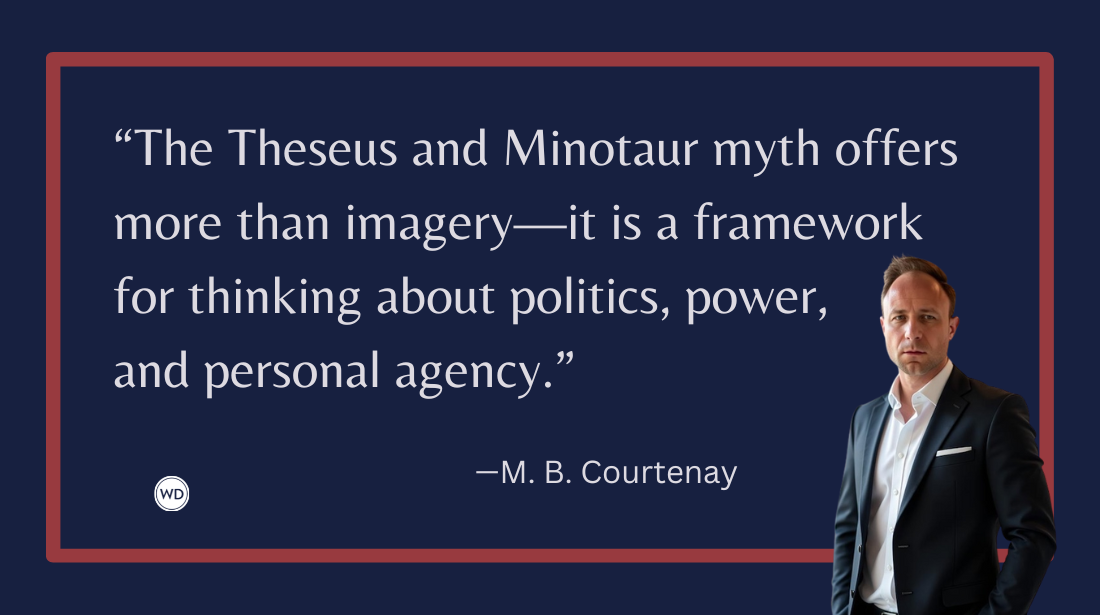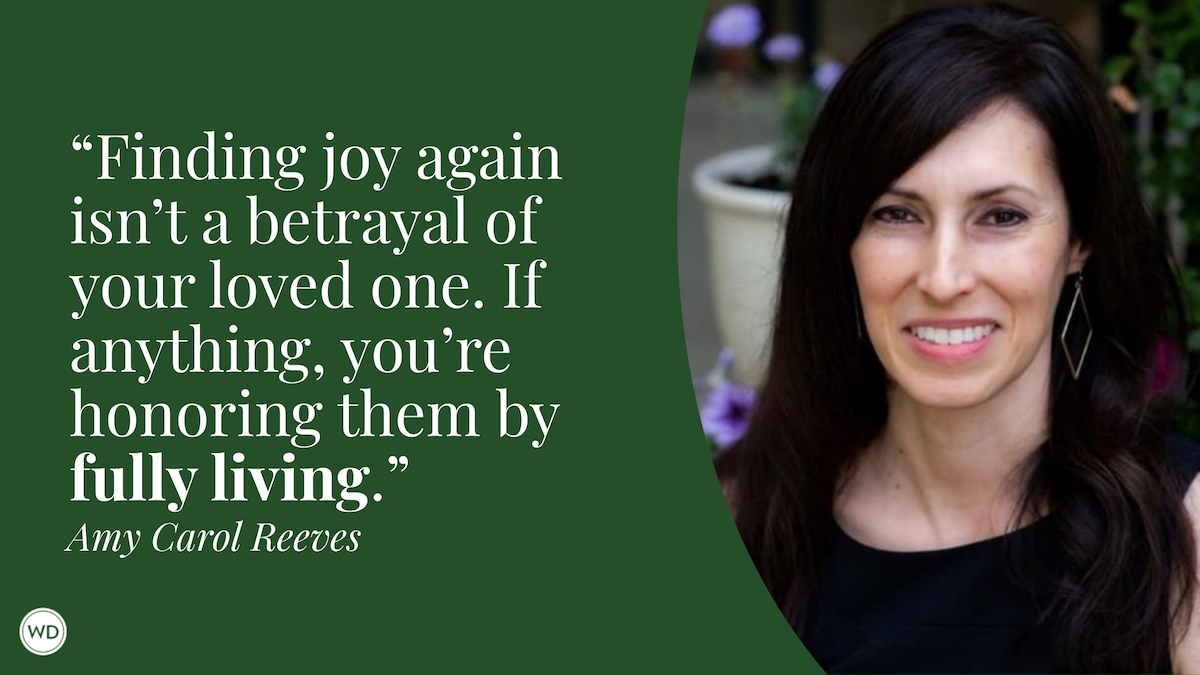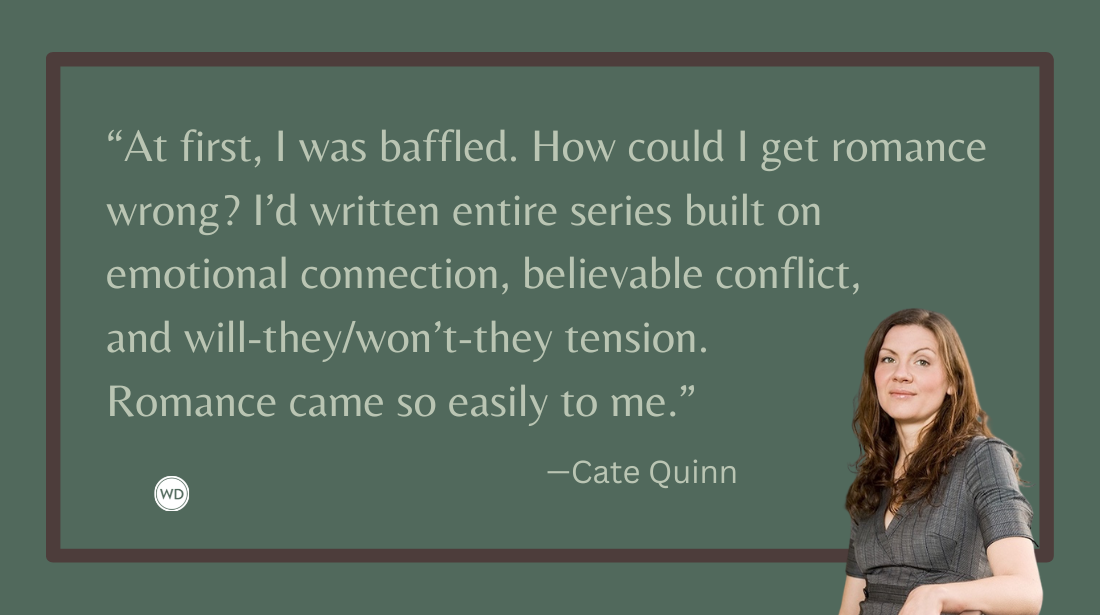Writing Through Grief in Children’s Books
Award-winning author Tim Cummings discusses writing through grief in children’s books, including his own experiences with grief and fear.
Writing trauma into kids’ books feels real to me, because grief and trauma have been a real part of my life since I was a kid. Grief has followed me my entire life. Like a ropy pink scar on your knee from a childhood injury, or a dark amorphous birthmark on your neck, it has been a constant. And it remains a thing that stays with me—a thing that bothers me but that I accept.
I’ve touched on death and on grief, in fictional, storied ways: My debut novel, Alice the Cat, follows a 12-year-old girl named Tess who loses her mother to breast cancer. In my second novel, The Lightning People Play, a 14-year-old kid named Kirby goes to great lengths to help his epileptic younger brother Bax, 10, acquire a seizure alert dog. Kirby is an ingenious theatre kid, and he and his best friends create a play that explores the enigmatic but magical visions Bax has when he seizes.
Recently, the question people ask the most is, “What inspired The Lightning People Play?” They want to know, Why theatre? Why epilepsy? Why magic?
The answer, sadly, is that my brother Matthew was killed by one of his seizures in the summer of 1997. He was 26, I was 24. When I think about this now, and when I remember my experiences sharing a room with my brother and navigating the complicated terrain of his epilepsy, I cannot help but to think of the subconscious. The shadow-side of life, that unfurls in the background without our awareness of its clandestine machinations, was at play in that room in impactful ways that would stay with me for the rest of my life.
My brother Matthew used to have seizures in the middle of the night while asleep in his bed. As he convulsed violently in the darkness, eerie sounds gurgling from the back of his throat, I would lie frozen with fear across the room from him in my own bed. Unable to move. Unable to help. It happened for most of my childhood.
I specifically remember two things from that time: First, it always felt as if some invisible force held me down in my bed, preventing me from helping him. Second, that some unseen veil—or door to another world—hovered over him, and that mysterious unseen entities floated there, watching in the dark. These were separate things, though: As a child, I didn’t understand that the energy that held me captive in my bed was fear. Whatever lingered over my brother’s bed, perhaps protective spirits or guardians, was something anathema to fear. That fear created a barrier, and, I think, cut me off from whatever magic may have been happening across the room.
People sometimes say that death and darkness are too much for a kid’s book. I say that if something is true to life—and actually affects kids, which death and grief unfortunately do—then these topics should be explored in books.
Books are powerful ways to explore colossal and difficult life topics in a profound and intimate way. A few of my favorite children’s books are A Monster Calls, by Patrick Ness, Too Bright To See, by Kyle Lukoff, and The Last Cherry Blossom, by Kathleen Burkinshaw. These stunning novels explore the death of a parent, trans identity, and Hiroshima. The way these books look at difficult topics is like a magnifying glass held up to the back of a leaf so you can see the intricate labyrinth of veins running through it. Fiction is a doorway to a secret garden of possibility. And, just like young Mary Lennox and her companions, grief, illness, despondency, and loneliness can transcend and bloom in spring like her crocuses, columbines, and campanulas.
I am fascinated by the truth of my life, redolent as it is of grief and childhood trauma. In The Lightning People Play and Alice the Cat, trauma brings peace because of the boldness that comes with being a kid and experiencing how kids process trauma and grief.
As I write, it feels like the characters arrive fully formed and that I am transcribing for them. In my childhood bedroom, when my brother would have a seizure, I knew magic existed, but fear created a barrier and blocked my access to it. But The Lightning People Play unearths that which has been waiting in my subconscious.
I’ve lived with the disquiet and sadness of Matthew’s passing for nearly 30 years, but I eventually arrived at a place where I could explore the trauma and the grief. Having been a theatre kid since I was 11 years old, I know that world to be a healing, magical haven. I wanted to amalgamate these two otherwise disparate energies that have presided over my life.
I was never sure whether it would work, or how it would be received, what it all would mean. But I did know what I wanted to say and what I would have wanted to learn as a child to prepare me to deal with the realities of the world: Close friendships, family forgiveness, creative collaboration, and willingness to allow magic into your life—and not just the illusory kind—can cut a path in the woods that will lead you to peace. I’m walking that path now. It’s a shadowy forest, and I am unsure of the way, but there is a path here, and I am on it.
Ultimately, the childhood trauma of the chaos of Matthew’s seizures, and my grief over losing him, has manifested in hopeful, healing ways. When people read the book, they ask me, “Is Kirby you? Is Bax your brother?” They are not. But I love that people ask. And I think that when you are brave enough to write through your grief and trauma, unforeseen forces aid you in your quest to rebuild your heart.
Check out Tim Cummings' The Lightning People Play here:
(WD uses affiliate links)









